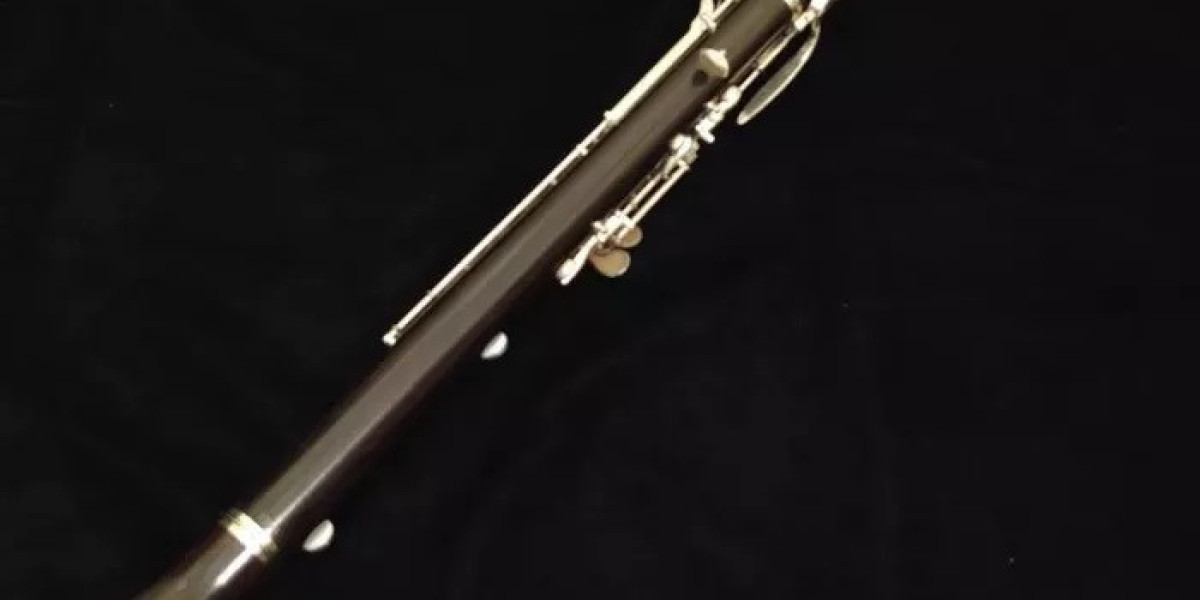The English horn is a fascinating member of the woodwind family, admired for its deep, haunting tone and unique design. While most listeners recognize its mellow sound in orchestral settings, many are unaware of its physical specifications—especially its length. This article explores in detail how long the English horn truly is, breaking down its body, tubing, and acoustical implications.
What Is the English Horn?
The English horn, also known by its French name cor anglais, is a double-reed woodwind instrument. It belongs to the oboe family and is essentially an alto oboe pitched in F, a fifth below the regular C oboe. It is frequently used in orchestras to add richness to the woodwind section and convey deeply expressive melodic lines.
Physically, the English horn appears similar to the oboe, though it is longer and features a bulb-shaped bell. Understanding how long it is involves exploring its overall size, inner tubing, and acoustic length.
Overall Physical Length of the English Horn
The standard English horn measures approximately 90 cm (35.4 inches) in overall physical length from the top of the bocal to the bottom of the bell. This length includes:
The bocal (curved metal tube): around 7 to 10 cm (2.75 to 4 inches)
The main body: roughly 75 to 80 cm (29.5 to 31.5 inches)
The bell: approximately 5 to 7 cm (2 to 2.75 inches)
This measurement is what you see from the outside, and it’s a major factor in the instrument’s handling, storage, and playing technique.
Length of the Inner Tubing
More important than the external length is the internal length of the tubing, which defines how the instrument sounds. The tubing of the English horn, if uncoiled and laid flat, measures about 150 cm (59 inches). This tubing length is precisely calculated to produce the correct fundamental pitch of F3 when all the tone holes are closed.
The longer tubing compared to the oboe (which has about 62 cm or 24 inches of tubing) results in the English horn’s lower pitch and darker timbre. It also means players must adapt to slightly slower response and greater air requirements.
Acoustic Design and Bore Size
The bore of the English horn, though similar to the oboe in being conical, is slightly wider and more tapered. This widening adds depth and richness to the tone but also affects tuning and length. The bore gradually expands from the top joint to the bell, which acoustically lengthens the vibrating column of air beyond just the straight-line physical measurement.
Comparison to the Oboe and Other Woodwinds
To better appreciate the length of the English horn, it helps to compare it to related instruments:
Oboe: around 65 cm (25.5 inches) in length
English Horn: approximately 90 cm (35.4 inches)
Bassoon: around 134 cm (52.75 inches) folded
Contrabassoon: can exceed 250 cm (98.4 inches) folded
The English horn stands between the oboe and the bassoon in terms of size and pitch, offering a bridge in tonal color and harmonic function within the woodwind section.
The Role of the Bocal in Length and Sound
One feature that directly impacts the length and playability of the English horn is the bocal—a curved metal tube that connects the reed to the main body. Bocals come in varying lengths, allowing players to adjust tuning and resistance. A longer bocal slightly extends the overall length and lowers pitch, while a shorter bocal can raise pitch and increase responsiveness.
Many professional players own multiple bocals and select the one that offers the best intonation and comfort for a specific piece or performance setting.
Historical Changes in Length
Historically, the English horn has seen changes in its dimensions as builders refined tuning systems and keywork. Earlier versions were shorter and featured fewer keys, limiting chromatic range and tonal flexibility. Modern instruments, crafted from grenadilla wood or other dense hardwoods, have standardized lengths that ensure consistent tuning and response.
The addition of the modern key system required small adjustments in bore length and tone hole placement, which slightly extended the instrument compared to historical models.
Why Length Matters to Players
For performers, understanding the length of the English horn is more than just a technical detail. It influences:
Breath support: Longer tubing requires greater air pressure.
Tuning: Length affects pitch stability across the range.
Response: Longer instruments often respond slightly slower, demanding precise articulation.
Finger stretch and posture: A longer instrument requires careful hand positioning and shoulder posture, especially for smaller players.
In orchestral and solo performance settings, every millimeter can affect how well a player blends with other instruments or cuts through the texture.
Transport and Storage Considerations
Because of its 90 cm length, the English horn is not as portable as the oboe. It typically requires a specially designed hard or soft case with room for the bocal, reed case, and cleaning supplies. Some travel models include detachable bells or joints to reduce the length for compact storage.
Conclusion
In summary, the English horn is approximately 90 cm (35.4 inches) in physical length, with internal tubing extending to around 150 cm (59 inches). This makes it longer than the oboe and critical for producing its signature tone. The length of the English horn affects every aspect of performance—from tuning and response to projection and expressiveness. Whether you’re a performer, student, or enthusiast, understanding the dimensions of this remarkable instrument enhances your appreciation for its place in music history and performance.






